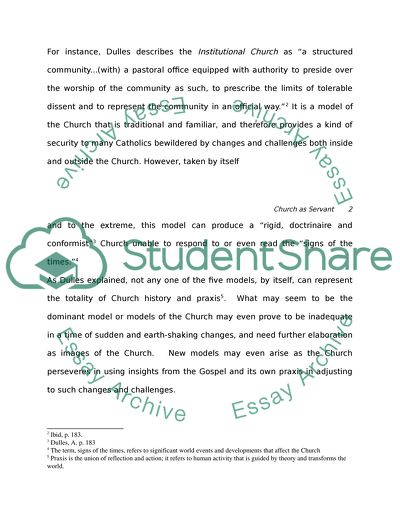Cite this document
(“Correspond the model of the Catholic Church as servant with the Essay”, n.d.)
Correspond the model of the Catholic Church as servant with the Essay. Retrieved from https://studentshare.org/miscellaneous/1513359-correspond-the-model-of-the-catholic-church-as-servant-with-the-pastoral-constitutions-of-the-catholic-church-namely-pastoral-constitution-on-the-church-in-t
Correspond the model of the Catholic Church as servant with the Essay. Retrieved from https://studentshare.org/miscellaneous/1513359-correspond-the-model-of-the-catholic-church-as-servant-with-the-pastoral-constitutions-of-the-catholic-church-namely-pastoral-constitution-on-the-church-in-t
(Correspond the Model of the Catholic Church As Servant With the Essay)
Correspond the Model of the Catholic Church As Servant With the Essay. https://studentshare.org/miscellaneous/1513359-correspond-the-model-of-the-catholic-church-as-servant-with-the-pastoral-constitutions-of-the-catholic-church-namely-pastoral-constitution-on-the-church-in-t.
Correspond the Model of the Catholic Church As Servant With the Essay. https://studentshare.org/miscellaneous/1513359-correspond-the-model-of-the-catholic-church-as-servant-with-the-pastoral-constitutions-of-the-catholic-church-namely-pastoral-constitution-on-the-church-in-t.
“Correspond the Model of the Catholic Church As Servant With the Essay”, n.d. https://studentshare.org/miscellaneous/1513359-correspond-the-model-of-the-catholic-church-as-servant-with-the-pastoral-constitutions-of-the-catholic-church-namely-pastoral-constitution-on-the-church-in-t.


